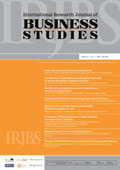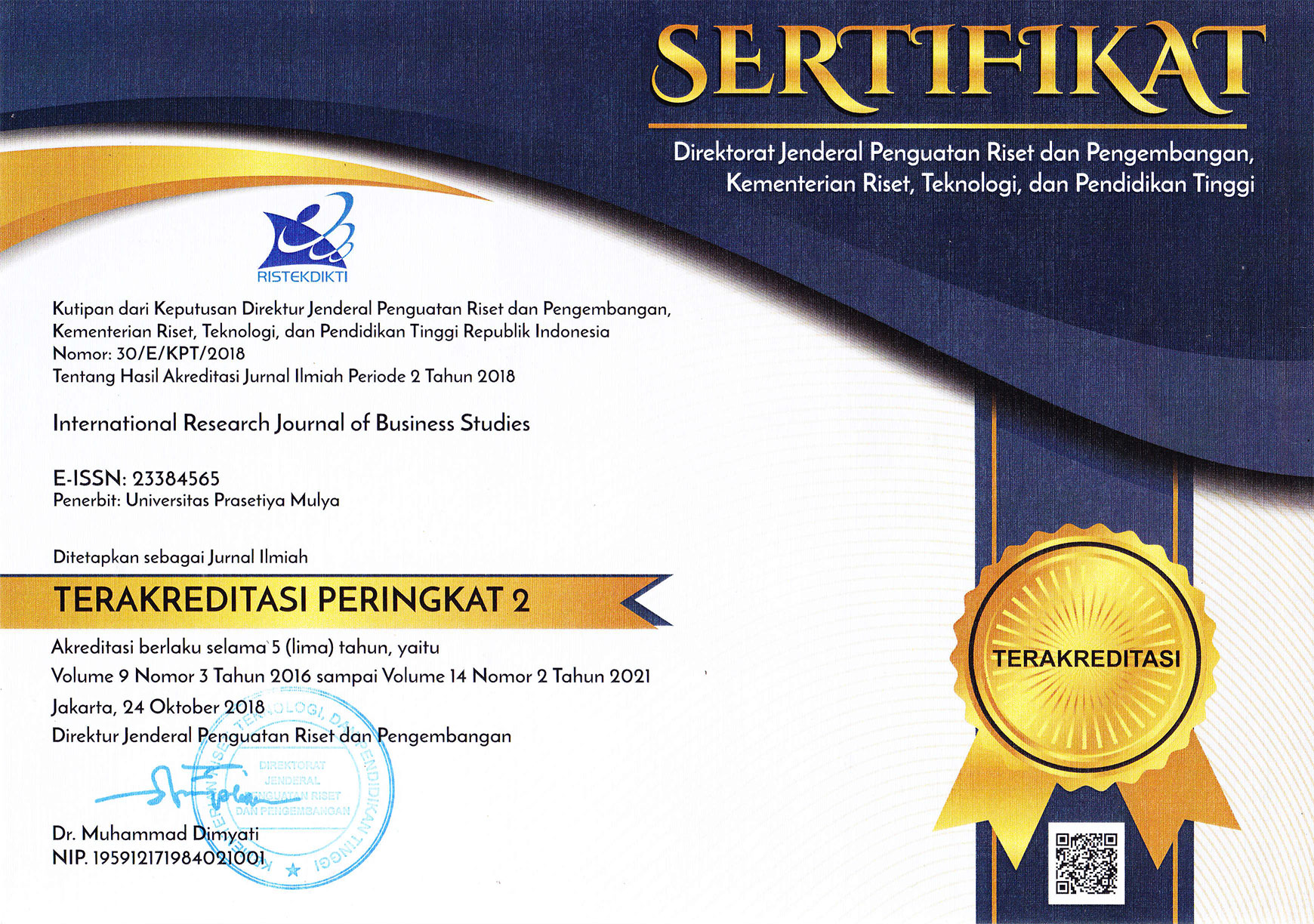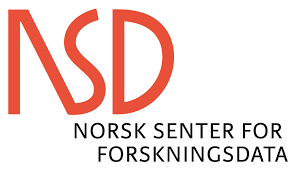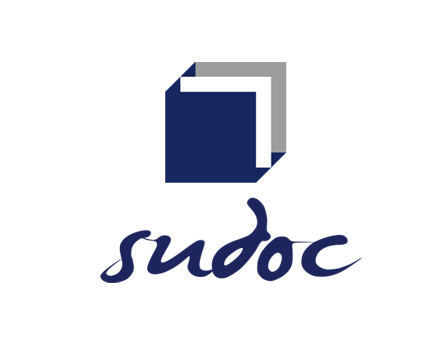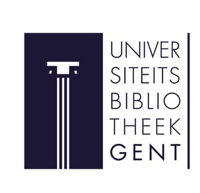Article Metrics |
|
|
The Organizational Attraction at Company-Owned University
Abstract
This study took place in a university established by a company. The aim of this study is to investigate factors which may influence the university students affect toward the parent company. The construct of interest is organizational attraction, which is the positive attitude of an individual regarding an organization. A combination of qualitative and quantitative methods were used in this study. The total number of participants in this study was 161 (60 males, 101 females; 84 students who never worked before, 64 worked part time, 13 have worked full time). Results showed the students had neutral attitude toward the organization as a workplace. This indicates that the students do not necessarily prefer the parent company to other companies. Other findings showed the first year students have higher level of organizational attraction compared to final year students, presumably due to word of mouth by the lecturers.
Keywords:
Organizational Attraction, Employer Knowledge, Recruitment, Sourcing
Full Text:
References
Anderson, M. H., Haar, J., & Gibb, J. (2010). Personality trait inferences about organizations and organizational attraction: An organizational-level analysis based on a multi-cultural sample. Journal of Management and Organization, 16(1), 140-150.
Arciniega, L. M., & Maldonado, A. (2011). Assessing the impact of dispositional resistance to change on organizational attraction. The Spanish Journal of Psychology, 14(2), 798-807.
Awang, Z. H. & Jusoff, K. (2009). The effect of corporate reputation on the competitiveness of Malaysian telecommunication service providers. International journal of business and management. Volume 4, pp 501-517.
Cable, D. M. & Turban, D. B. (2001). Establishing The Dimensions, Sources And Value Of Job Seekers Employer Knowledge During Recruitment. Research in Personel and Human Resources Management. Vol 20, 115-163.
Catanzaro, D., Moore, H., & Marshall, T. R. (2010). The impact of organizational culture on attraction and recruitment of job applicants. Journal of Business and Psychology, 25(4), 649-662.
Creswell, J. W. (2012). Educational research: Planing, conducting and evaluating quantitative and qualitative reserach 4 ed.Boston, MA: Pearson Education
Fajar, A. (3 September 2011). Waspada, Indonesia Hadapi Perang SDM. SWAwebsite: http://swa.co.id/listed-articles/waspada-indonesia-hadapi-perang-sdm
Fishbein, M. & Ajzen, I. (1975). Belief, Attitude, Intention And Behavior: An Introduction To Theory And Research. Massachusetts: Addison-Wesley
Franca, V. (2012). The strength of the employer brand: Influences and implications for recruiting.Journal of Marketing and Management, 3(1), 78-122.
Highhouse, S., Lievens, F., & Sinar, E. F. (2003). Measuring Attraction To Organizations. Sage Publications. vol 63 no 6
Howitt, D. & Cramer, D. (2011). Introduction to research methods in psychology. Upper Saddle River, New Jersey: Pearson Education.
Lievens, F., & Highhouse, S. (2003). The relation of instrumental and symbolic attributes to a companys attractiveness as an employer. Personnel Psychology, 56(1), 75-102.
Lyons, B. D., & Marler, J. H. (2011). Got image? examining organizational image in web recruitment. Journal of Managerial Psychology, 26(1), 58-76.
Patton, M. Q. (2002). Qualitative Research & Evaluation methods 3 ed. Sage Publication: USA
Phillips, J. M., Gully, S. M., & Castellano, W. (2014). Improving recruiting effectiveness for innovative startups: The importance of job advertisement wording. American Journal of Entrepreneurship, 7(1), 102-141.
Ryan, A. M., & Tippins, N. T. (2004). Attracting and selecting: What psychological research tells us. Human Resource Management, 43(4), 305-318.
Uen, J. F., Peng,S. P., Chen,S. Y. & Chien, S. H. (2011). The impact of word of mouth on organizational attractiveness. Asia Pacific Management Review, 16(3)
Van Hoye, G (2013). Recruiting Through Employee Referrals: An Examination of Employee Motive. Human performance. 26, 451-464.
Van Hoye, G., Weijters, B., Lievens, F., & Stockman, S. (2016). Social Influence in Recruitment: When is Word-Of-Mouth Most Effective?. International Journal of Selection And Assessment. Vol 24, 1.
Zhang, L., & Gowan, M. A. (2012). Corporate social responsibility, applicants individual traits, and organizational attraction: A person-organization fit perspective. Journal of Business and Psychology, 27(3), 345-362. Retrieved from http://dx.doi.
org/10.1007/s10869-01
Copyright (c) 2017 Rocky Rocky, Rayini Dahesihsari
International Research Journal of Business Studies has been covered by the following services: | ||||||||||||||||||||||||
|

